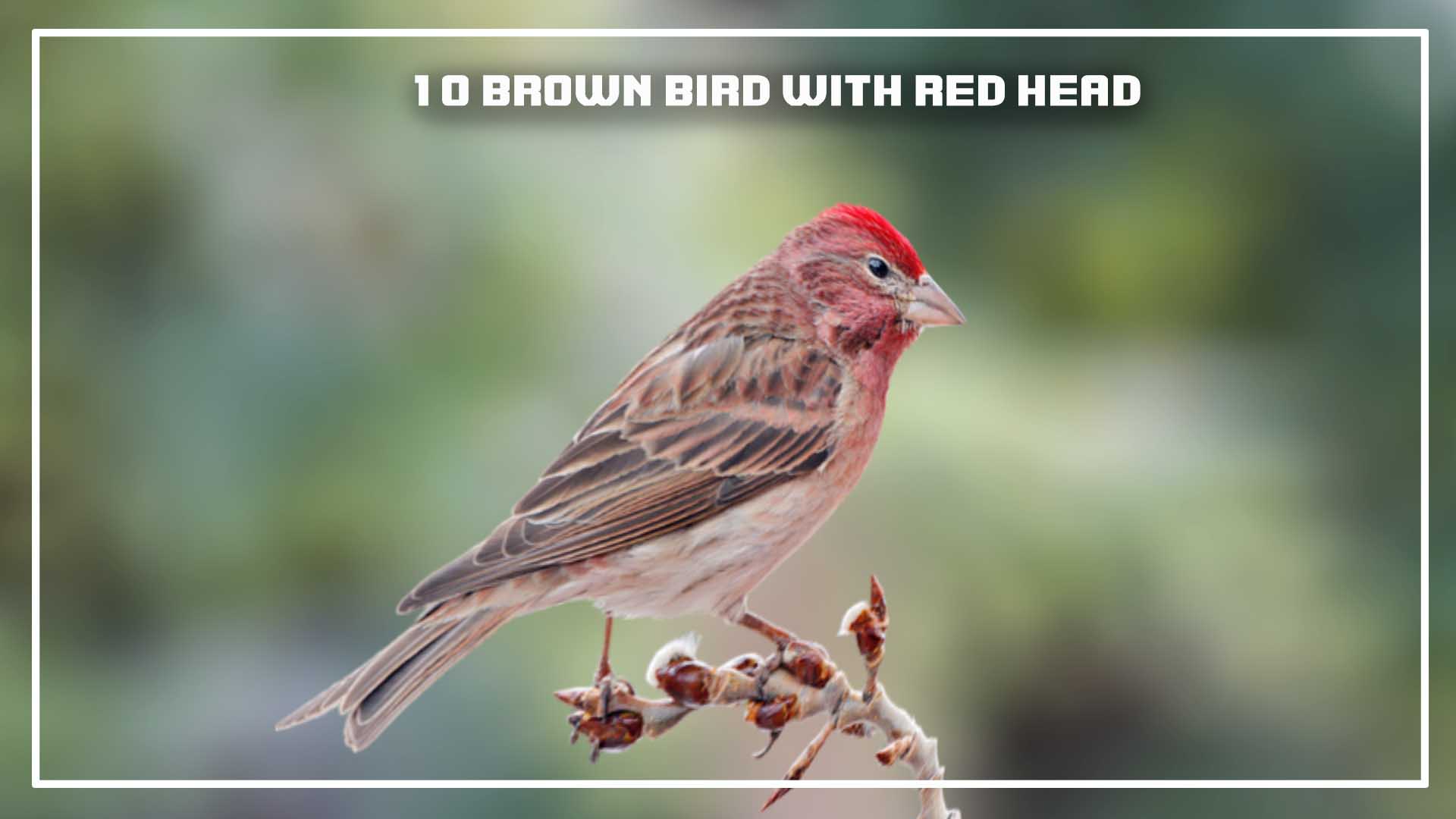Eagles and owls are two of the most well-known and respected birds of prey in the world. These magnificent creatures have captured the attention and admiration of people for centuries. While they may share some similarities, there are also many differences between these two impressive birds.
We will explore and highlight the key differences between eagles and owls, including their physical characteristics, habitat preferences, hunting habits, behavior and social structures, and conservation status.
7 Key Differences Between Eagle and Owl
Here are seven key differences between eagles and owls in a table format:
| Characteristics | Eagles | Owls |
| Physical Appearance | Large, powerful bodies with hooked beaks and sharp talons. Long wingspans and keen eyesight. | Compact bodies with rounded wings and soft feathers for silent flight. Large, forward-facing eyes for excellent night vision. |
| Habitat and Distribution | Found in many different habitats, including mountains, forests, and open plains. Distributed worldwide, with over 60 species. | Primarily found in forests, with some species also inhabiting deserts and tundra. Distributed worldwide, with over 200 species. |
| Diet and Hunting Habits | Carnivorous, with a diet that includes fish, birds, and small mammals. Hunt by swooping down from the air and grabbing prey with their talons. | Carnivorous, with a diet that includes rodents, insects, and other small animals. Hunt by silently flying over prey and swooping down to catch it with their talons. |
| Behavior and Social Structure | Generally solitary, with some species forming monogamous pairs during mating season. Nest in trees or on cliffs. | Can be solitary or live in groups, with some species forming large colonies. Nest in trees, burrows, or on the ground. |
| Mating Habits | Generally form monogamous pairs during mating season, with some species mating for life. | Can mate for life or form new partnerships each breeding season. Males compete for females through vocalizations and displays. |
| Territoriality | Eagles defend large territories that include their nest sites and hunting grounds. | Owls defend smaller territories around their nest sites. |
| Conservation Status | Many species of eagles are considered threatened or endangered due to habitat loss, hunting, and pollution. | Many species of owls are also considered threatened or endangered due to habitat loss, hunting, and pollution. |
Note: This table is not exhaustive and there may be some overlap or exceptions to these general characteristics for certain species of eagles and owls.
The Size Difference Between Eagle and Owl

There are many different species of eagles and owls, and the size difference between them can vary depending on the specific species. In general, eagles are larger than most owls.
The largest eagle in the world is the Philippine Eagle, which can measure up to 3.35 feet (1 meter) in length and have a wingspan of up to 7 feet (2.1 meters). In comparison, the largest owl in the world is the Blakiston’s Fish Owl, which can measure up to 2.3 feet (70 cm) in length and have a wingspan of up to 6.5 feet (2 meters).
However, there are many species of smaller eagles, such as the Little Eagle, which can measure up to 20 inches (50 cm) in length and have a wingspan of up to 4 feet (1.2 meters). Similarly, there are some species of larger owls, such as the Eurasian Eagle-Owl, which can measure up to 2.5 feet (75 cm) in length and have a wingspan of up to 6.5 feet (2 meters).
In general, eagles are known for their powerful beaks and talons, which they use to hunt and kill prey, while owls are known for their large, forward-facing eyes and soft feathers, which help them hunt in low light conditions.
Wingspan Difference Between Eagle and Owl

As mentioned before, the wingspan difference between eagles and owls can vary depending on the species. In general, eagles have longer wingspans than most owls.
The wingspan of the largest eagle, the Philippine Eagle, can be up to 7 feet (2.1 meters). In comparison, the wingspan of the largest owl, the Blakiston’s Fish Owl, can be up to 6.5 feet (2 meters). However, there are some species of eagles that have smaller wingspans, such as the Little Eagle, which can have a wingspan of up to 4 feet (1.2 meters).
Similarly, there are some species of owls that have larger wingspans than the Blakiston’s Fish Owl. For example, the Eurasian Eagle-Owl can have a wingspan of up to 6.5 feet (2 meters).
Overall, eagles tend to have longer wingspans than owls, but there are exceptions, and the specific size difference between a particular eagle and owl species will depend on various factors, such as their habitat, diet, and behavior.
Active Time Difference Between Eagle and Owl
Eagles and owls are both birds of prey, but they have different activity patterns. Eagles are diurnal, which means they are active during the daytime, while owls are nocturnal, which means they are active at night.
Diurnal birds like eagles are adapted to hunting during the day and have excellent vision to spot prey from a distance. They often soar high in the sky, scanning the ground for potential prey. Eagles are also known for their fast and powerful flight, which they use to chase and catch their prey.
Nocturnal birds like owls are adapted to hunting in low light conditions and have excellent hearing and vision to locate and catch their prey in the dark. They often hunt from a perch or fly low over the ground, using their sharp talons to capture their prey. Owls are also known for their silent flight, which helps them sneak up on their prey without being detected.
Overall, eagles are active during the day, while owls are active at night. However, there are some species of owls, such as the Northern Hawk Owl and the Short-eared Owl, that are diurnal or crepuscular (active during dawn and dusk).
The Speed Difference Between Eagle and Owl
Eagles and owls have different flight styles and hunting strategies, which can affect their speed in different ways. In general, eagles tend to be faster than most owls.
The fastest eagle is the Golden Eagle, which can reach speeds of up to 200 miles per hour (320 km/h) during a dive, also called a stoop, when it’s hunting its prey. In level flight, eagles can fly at speeds of up to 60 miles per hour (96 km/h).
In comparison, the fastest owl is the Peregrine Falcon, which can reach speeds of up to 240 miles per hour (386 km/h) during a stoop. However, among owls, the Barn Owl is known for its fast, sustained flight and can fly at speeds of up to 50 miles per hour (80 km/h).
Overall, eagles tend to be faster than owls, but there are exceptions depending on the specific species and their hunting strategies. It’s also important to note that the speed of a bird in flight can depend on various factors such as wind speed, air temperature, altitude, and body size.
Eagle vs Owl: Lifespan
The lifespan of eagles and owls can vary depending on the species and other factors such as habitat, diet, and disease. In general, eagles have longer lifespans than most owls.
Eagles can live for 20-30 years, with some species living up to 50 years in captivity. The Bald Eagle, for example, has a lifespan of up to 28 years in the wild and up to 50 years in captivity.
In comparison, most owl species have shorter lifespans, with many living for 10-15 years. However, some species can live longer. The Great Horned Owl, for example, can live up to 20 years in the wild and up to 38 years in captivity.
It’s important to note that the lifespan of a bird can be affected by various factors such as habitat loss, hunting, pollution, and disease. Some owl species, for example, have been negatively impacted by the use of pesticides, which can affect their reproductive success and lifespan.
Overall, eagles tend to have longer lifespans than owls, but the specific lifespan of a particular species will depend on various factors. You may also be interested to learn about Barn Owl vs Barred Owl, Barred Owl Male vs Female and











